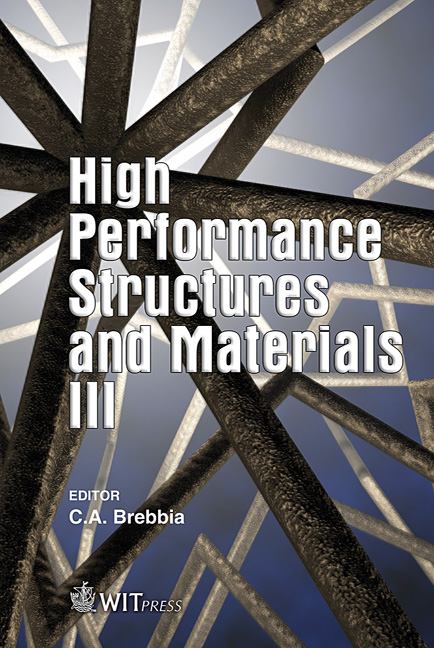Genetically Optimised Placement Of Piezoelectric Sensor Arrays: Linear And Nonlinear Transient Analysis
Price
Free (open access)
Transaction
Volume
85
Pages
9
Published
2006
Size
666 kb
Paper DOI
10.2495/HPSM060641
Copyright
WIT Press
Author(s)
J. N. Rao, S. Lentzen & R. Schmidt
Abstract
In modern structural control the application of discrete modal sensor arrays is a commonly used technique to obtain the modal state vectors. In this paper, a genetic algorithmis used to find the optimal positions to place modal sensor arrays on simple structures such as beams, plates and shells. The performance criterion is taken as the steady state observability Grammian of the system and includes spillover prevention as well. The performance of optimally placed modal sensors in the linear range is discussed. The variation in the performance of these modal sensors in the nonlinear range is investigated. Keywords: geometrical nonlinearity, modal sensors, Lyapunov equation, genetic algorithm. 1 Introduction There has been consistent research on smart materials and structures for the last two decades. Geometrically linear theories and numerical methods have been developed by many authors, e.g. Crawley and de Luis [1], Tzou and Tseng [2]. Considerably less work can be found in the area of geometrically nonlinear modelling of smart structures. Structural nonlinearity has been taken into account for interlaminar stress analysis by Icardi and Di Sciuva [3], for large deflection shape control in Yi et al. [4], Mukherjee and Chaudari [5] and Lentzen and Schmidt [6]. Active buckling control and post-buckling analysis has been done by Krishna and Mei [7] and Chandrashekhara and Bhatia [8]. Piezothermoelastic analysis including nonlinearity is discussed in Tzou et al. [9] and Pai et al. [10].
Keywords
geometrical nonlinearity, modal sensors, Lyapunov equation, genetic algorithm.





